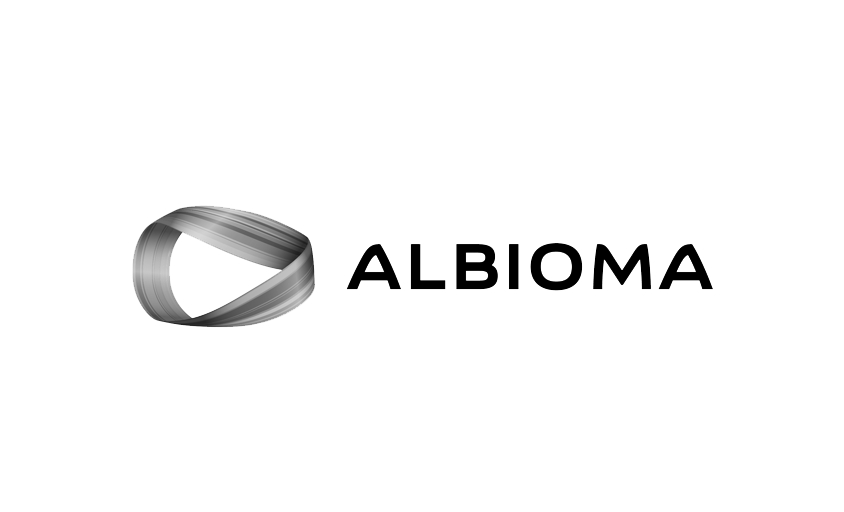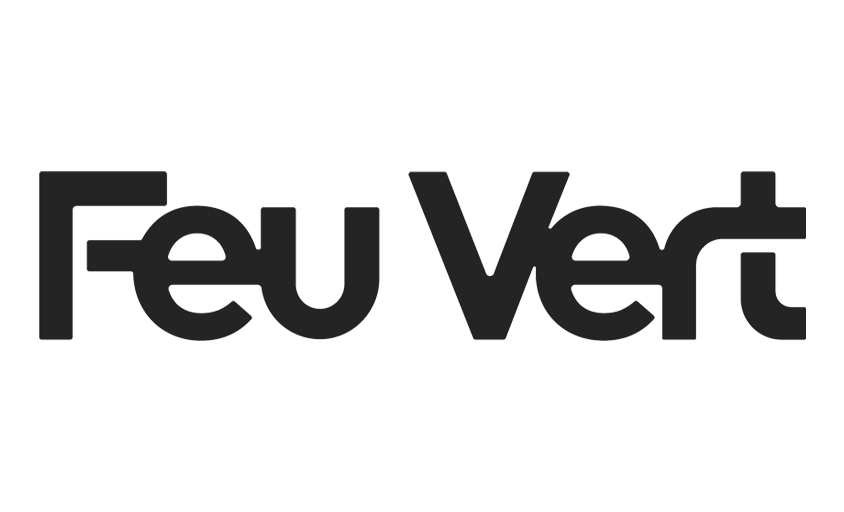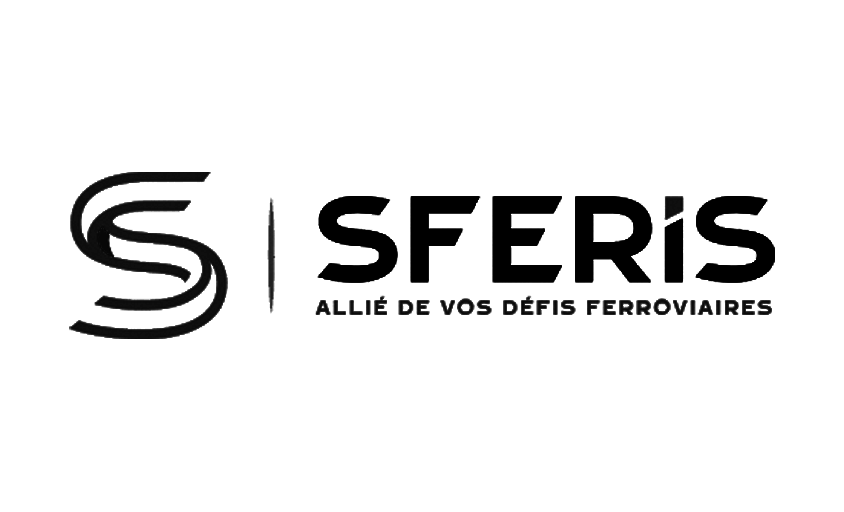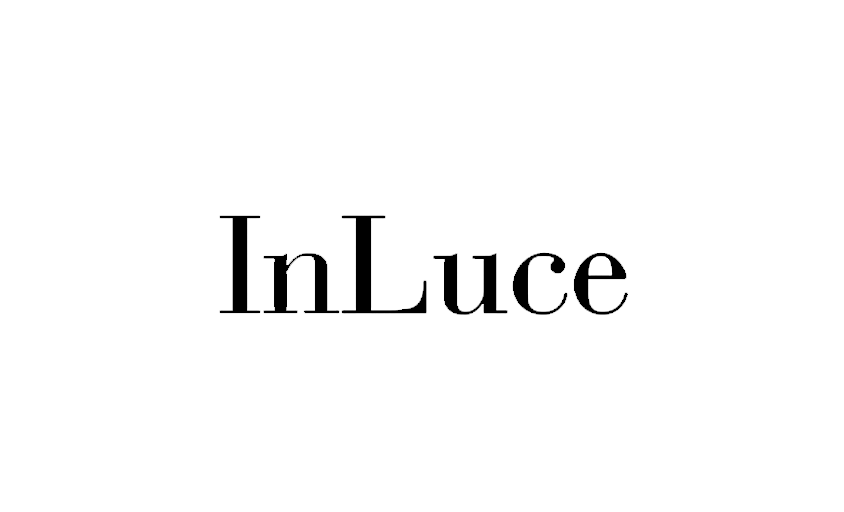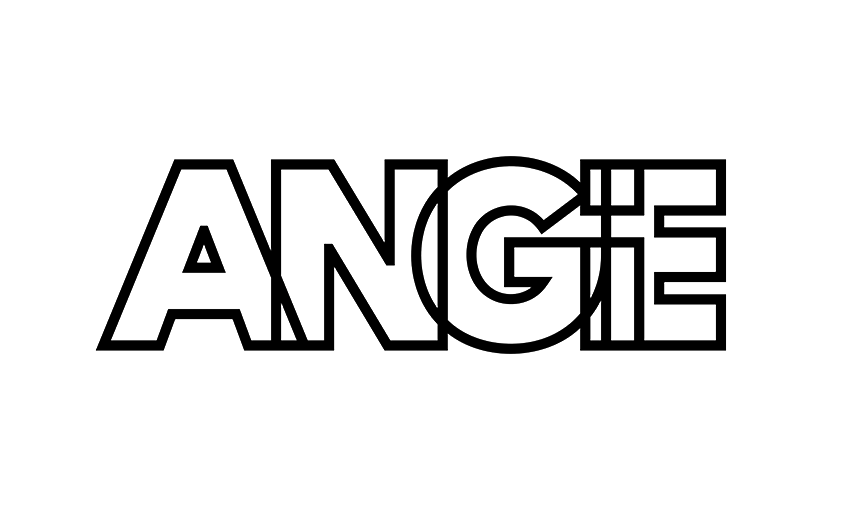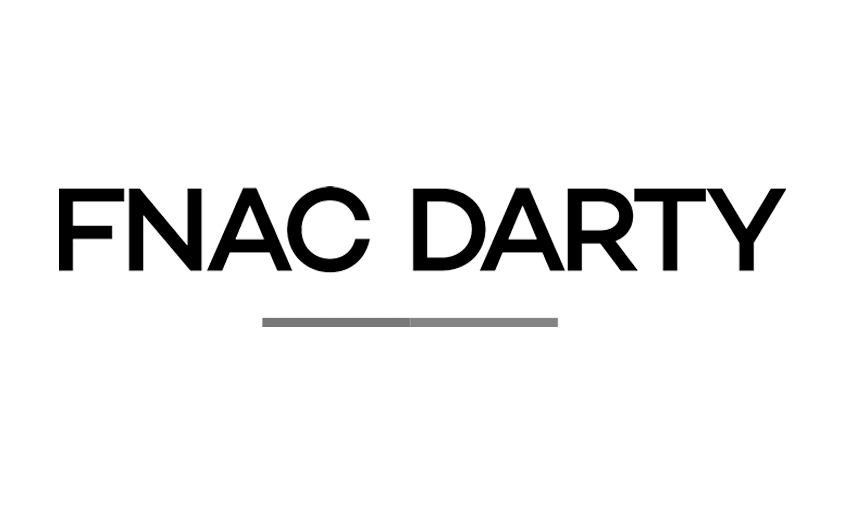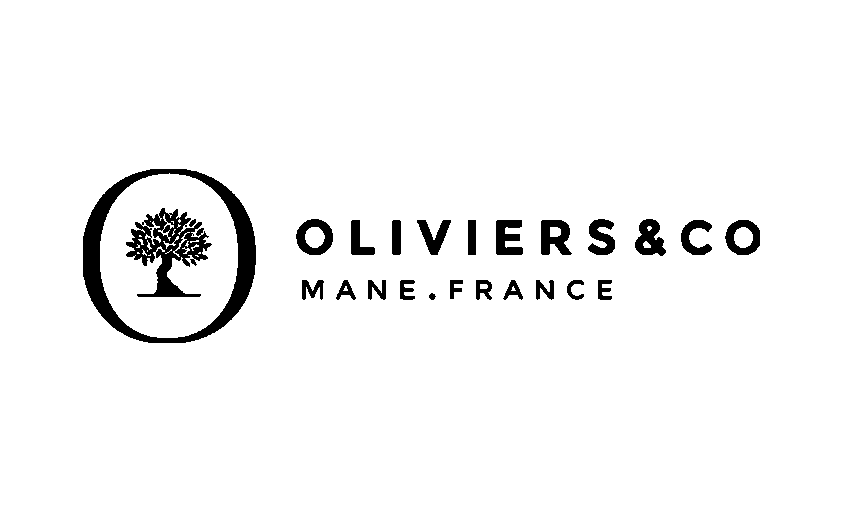Format
In this article :
The term “format” in photography refers to the size and proportions of an image, as well as the type of medium or file used to capture or present it. Photographic formats can vary widely, ranging from small digital formats suited for online sharing to large traditional formats used for high-quality prints. Choosing the right format is essential to convey the desired visual impact and meet the technical requirements of the photographic project.
Sensor Formats in Digital Photography
- Full Frame: Corresponds to the size of a 35mm film, offering a wide dynamic range and shallow depth of field. Ideal for professional photography and low-light conditions.
- APS-C: Smaller than full frame, it provides a good balance between image quality and portability. Commonly found in cameras for advanced amateurs and semi-professionals.
- Micro Four Thirds: Even smaller, this format offers a large depth of field and compactness, suitable for travel and documentary photography.
File Formats in Photography
- RAW: Captures all sensor data, offering maximum flexibility in post-processing. Requires computer processing before sharing or printing.
- JPEG: A compressed, ready-to-use format, ideal for quick sharing and efficient storage but with limited post-processing potential.
- TIFF: A lossless format used for archiving and high-quality printing, ensuring optimal preservation of image details.
Print and Presentation Formats
- Small Format: Includes standard photo print sizes like 10×15 cm, suitable for photo albums and modest-sized frames.
- Medium Format: Includes larger sizes like 20×30 cm, often used for art prints and exhibitions.
- Large Format: Intended for professional prints and public displays, often exceeding 1 meter in dimension, allowing immersive visual impact and unparalleled attention to detail.
Choosing the Right Format
- Consider the Final Use: The choice of format depends on the intended purpose—online sharing, exhibition, archiving, or commercial printing.
- Evaluate Technical Constraints: The sensor’s quality and characteristics, as well as post-processing possibilities, influence the file format choice.
- Think About Visual Impact: Large formats increase visual impact and presence, while small formats favor intimacy and discretion.
Conclusion
Format is an essential component of photographic creation, influencing not only the technical aspects of capturing and presenting images but also their emotional and aesthetic impact on the viewer. Whether choosing a sensor format, a file type, or a print size, photographers must carefully consider their needs and objectives to optimize the expression and visual communication of their work.
Jérémy Carlo is the editorial director at Rétines, where he ensures the consistency and clarity of all content produced by the studio.
Our Clients
Let’s discuss
What we do for you at Rétines
Meticulous work, an organised project and fast delivery. And to achieve this, we mobilise the right resources in our teams at the right time.
01
Pre-production
Artistic and technical direction tailored to the project.
Relevant recommendations on content, form and resources.
02
Photo Shooting
Photos taken by our experienced photographers.
Production that’s controlled, efficient and tailored to the needs of the project, with nothing superfluous.
03
Retouching
Technique
Photographs magnified by our retouching team.
Post-production to meet the commercial challenges of the brief.



